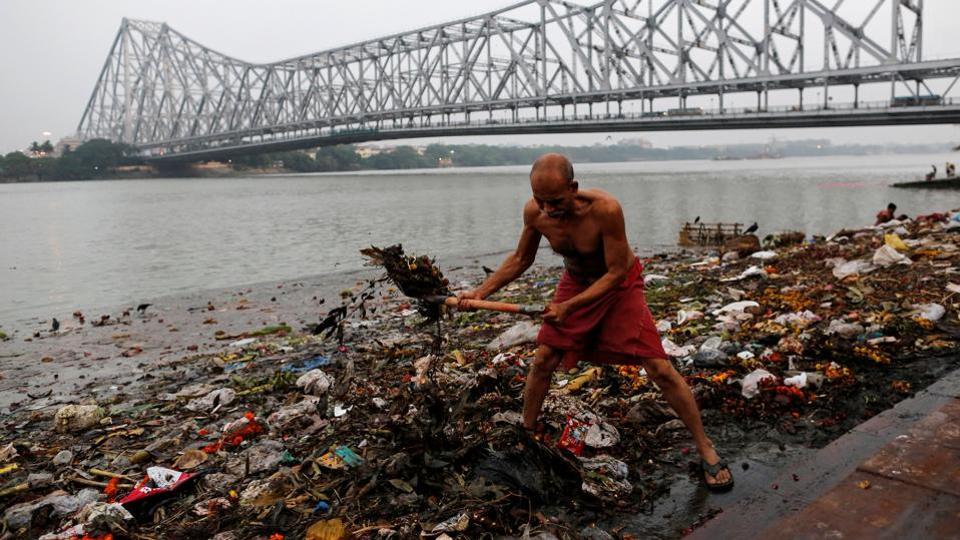As per a report released by credit rating agency CRISIL, the state of West Bengal has the lowest per capita capital expenditure among the larger states of the country. The report, published in English daily Business Standard, calculated the capital expenditure for the period 2015-19, and found that of West Bengal spend 1,610 rupees per person, compared to 6,350 rupees in Telangana, which has highest per capita capital expenditure.
The expenditure of a budget could be classified into capital and revenue expenditure. The recurring expenditures (payment of salaries and pensions, administrative expenses, Interest payments on loans), is classified as revenue expenditure. This expenditure is ‘fixed’ to a large extent and therefore could not be ‘slashed’.
Investment in new projects like construction of schools, roads, and hospitals is called capital expenditure. Higher Capex leads to economic growth and job growth while lower Capex leads to slowdown. As per the report, capital expenditure is one fourth to that of Telangana. The capex in West Bengal is even less than that of UP and Bihar, which had per capita capital expenditure of 2,760 and 2,308 rupees respectively.
The Mamata Banerjee government in West Bengal has resorted to competitive populism with list of freebies, caste and minority benefits.
BJP president Amit Shah, in a speech in West Bengal, had said that the state’s share in the nation’s GDP was 25 percent at the time of independence and now it is at a mere 4 percent. So the question is that who is to be blamed for this destruction of the economy of West Bengal? The prevailing socio-economic policies at the national and international level or, the incompetent governments of the state? Unfortunately, both of these contributed in turning one of richest regions in the country to one of the poorest.
West Bengal has one of the lowest capital expenditure. This problem is due to excess revenue expenditure by the government on inefficient welfare schemes. The inability to raise revenues and a tendency to overspend on revenue expenditure has crippled capital expenditure in the state. Lower capital expenditure threatens the sustainability of the state’s growth path, as well as the state’s ability to lower the debt-GDP ratio.
Ideally, the states should spend higher on capital expenditure because they do not have to deal with sectors such as defence and internal security which require huge spending.
The states could increase investment in the economy by spending on social security benefits; this will lead to higher economic growth and job creation. Higher economic growth will also lead to better tax collection in future and this will create a ‘virtuous cycle’.
But so far, the state has trimmed the capital expenditure increase by spending on ‘freebies’ like farm loan waiver and unemployment benefits. This has resulted in ‘vicious cycle’ and is equally responsible for the slowdown in economic growth and unemployment. Just as it is on the central government, it is also an obligation on the state to ensure job growth and rapid economic growth, and states like Telangana under the TRS government must not opt out of it, while doling out freebies aimed at election outcomes.
The left-front and the TMC have destroyed the economy of the state and a regime change is necessary to put the state back on the path of growth. Now, only a regime change can bring back the golden days of ‘Amar Sonar Bangla’. If Kolkata wants to reclaim the status of ‘economic capital of India’, the state of West Bengal must learn to elect better people and parties to govern the state and the city.
